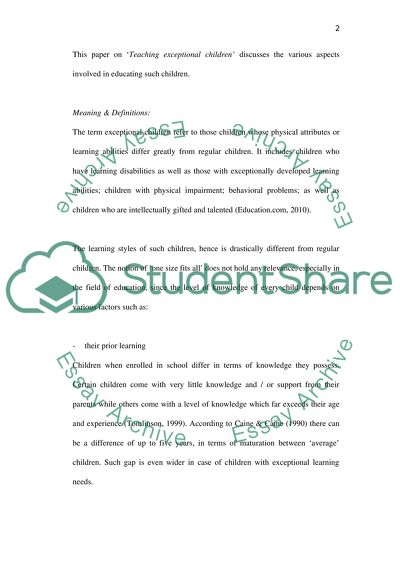Cite this document
(“Teaching Exceptional Children Research Paper Example | Topics and Well Written Essays - 1500 words”, n.d.)
Teaching Exceptional Children Research Paper Example | Topics and Well Written Essays - 1500 words. Retrieved from https://studentshare.org/miscellaneous/1574488-teaching-exceptional-children
Teaching Exceptional Children Research Paper Example | Topics and Well Written Essays - 1500 words. Retrieved from https://studentshare.org/miscellaneous/1574488-teaching-exceptional-children
(Teaching Exceptional Children Research Paper Example | Topics and Well Written Essays - 1500 Words)
Teaching Exceptional Children Research Paper Example | Topics and Well Written Essays - 1500 Words. https://studentshare.org/miscellaneous/1574488-teaching-exceptional-children.
Teaching Exceptional Children Research Paper Example | Topics and Well Written Essays - 1500 Words. https://studentshare.org/miscellaneous/1574488-teaching-exceptional-children.
“Teaching Exceptional Children Research Paper Example | Topics and Well Written Essays - 1500 Words”, n.d. https://studentshare.org/miscellaneous/1574488-teaching-exceptional-children.


